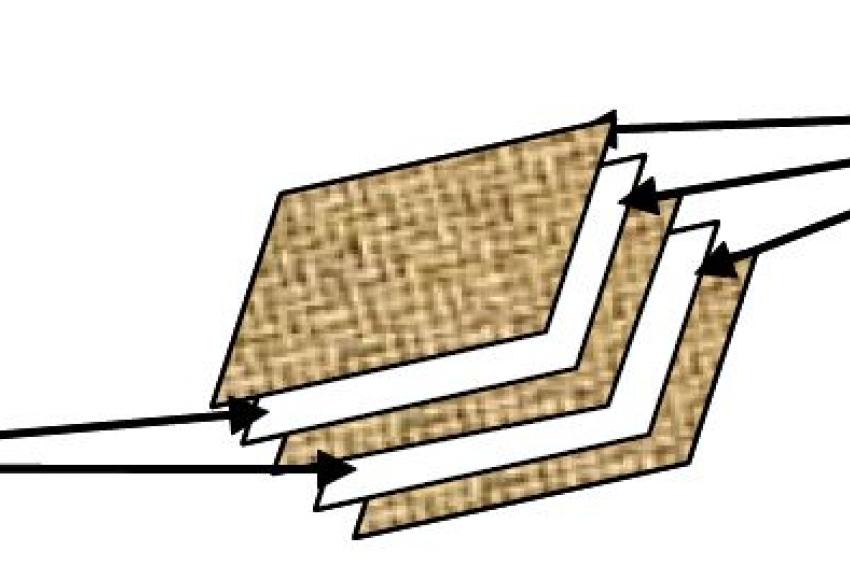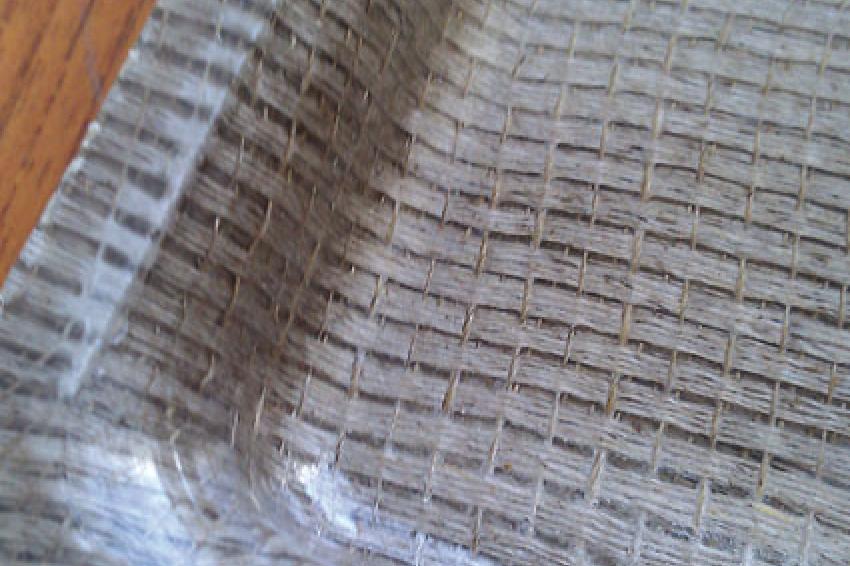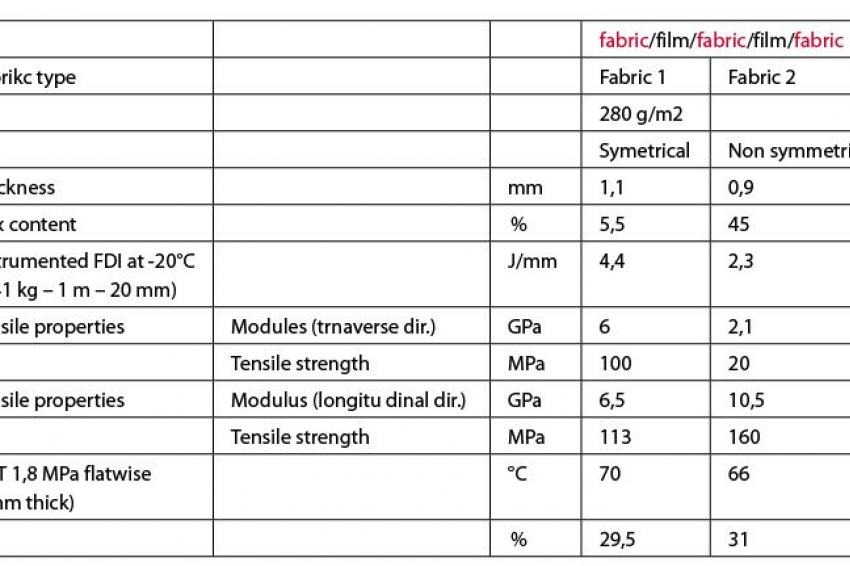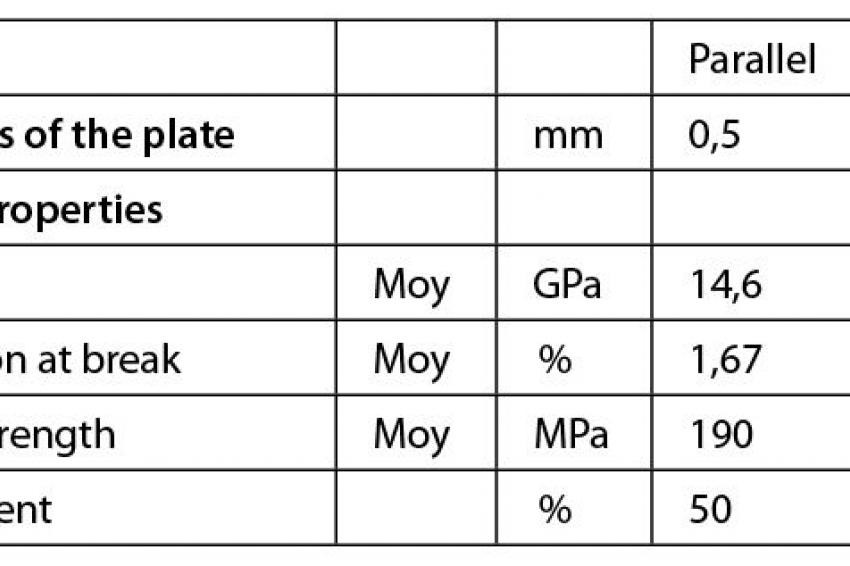PVC and Continuous Flax Fibres
17.02.2012 -
VIP-Visions in Plastics - Natural fibres such as wood, hemp and flax are sometimes combined with polymers to make what is called "WPC: Wood Polymer Composites". In these composites, the fibres are between 100 µm and 3 mm long before processing, but are damaged during the compounding and extrusion (or injection moulding). The resulting length of the fibres in the composites is reduced and generally limited to 500 µm.
Whatever the fibres and the polymer, the stiffness of the final product is increased compared to neat polymer, although to a limited extent. The impact strength is always reduced, sometimes drastically. The best way to get around these disadvantages is to maintain long and even continuous fibres during processing. Special processes must be developed, which is now possible in a PVC matrix. Two technologies have been developed by SolVin to make PVC composites from continuous flax fibres with very interesting properties.
Flax is an interesting plant which yields very strong and long fibres.
There are currently 190,000 ha of production in Europe (incl. Eastern Europe).
Calendering (Pressing) of Flax Fabric Between Rigid PVC Films
The technology developed at the SolVin laboratory in Brussels is to press 2 to 8 flax fabric layers, alternating them with 2-9 layers of rigid PVC film.
Three layers of flax intercalated with 2 layers of PVC films were pressed at 180°C and 30 bars. Two grades of flax fabric were tested. The first one contains strands of 4 fibres, which are interwoven in two dimensions. The second one contains a strand of 6 fibres interwoven in one direction with a single yarn. This fabric exhibits a very high tensile strength in the direction of the strands, as shown in table 1. The other one has the same high strength in both dimensions and a high heat deflection temperature.
With 17 layers (8 layers of fabric and 9 of PVC film), the tensile modulus almost reach 14 GPa.
The product can be glued, welded or thermoformed, as shown in the pictures; it opens up a new area for natural fibre/PVC composites, for instance in the automotive industry, where their attractive appearance could also be highly advantageous.
Coating of Flax Fibre Roving with Semi-rigid PVC Latex
A second technology was developed by SolVin, this time for compatibilizing the continuous flax fibres with the rigid PVC as reinforcement.
If uncoated fibres are directly introduced into rigid PVC, e.g. in a pultrusion process, they do not actually link with the rigid PVC matrix. Therefore, to allow chemical bonding between the flax and the PVC, the idea is to coat the fibres with a slightly plasticized PVC emulsion. The fibres are immersed on line in an E-PVC latex bath before they are dried in hot air and then gelated with IR. The diagram of the production line below shows the different steps and the temperatures used.
The resulting strips can be used to reinforce profiles in a pultrusion process, to manufacture pre-impregnated fabrics or to reinforce pipes with hoop winding.
Very high tensile strength has been obtained on pressed plates with parallel and woven strips, which were tested in longitudinal direction.
These products have multiple strengths. They contribute to sustainable development by using 50 % renewable material together with PVC, a perfectly recyclable thermoplast. Moreover, these composites are easy to post-process, have high fire resistance and impact strength, in addition to their very high tensile strength.
The reinforcement of profiles with strips can be applied in roller shutters, windows frames, ceiling profiles etc. The reinforcement of pipes is directly applicable in order to increase the pressure resistance of pressure pipes. The application of fabric pressed with film or woven with the coated strips could have many advantages for the automotive industry, e.g. as interior door trims, as a basic material for dashboards and other rear boards. The final processes are still under development at SolVin.










